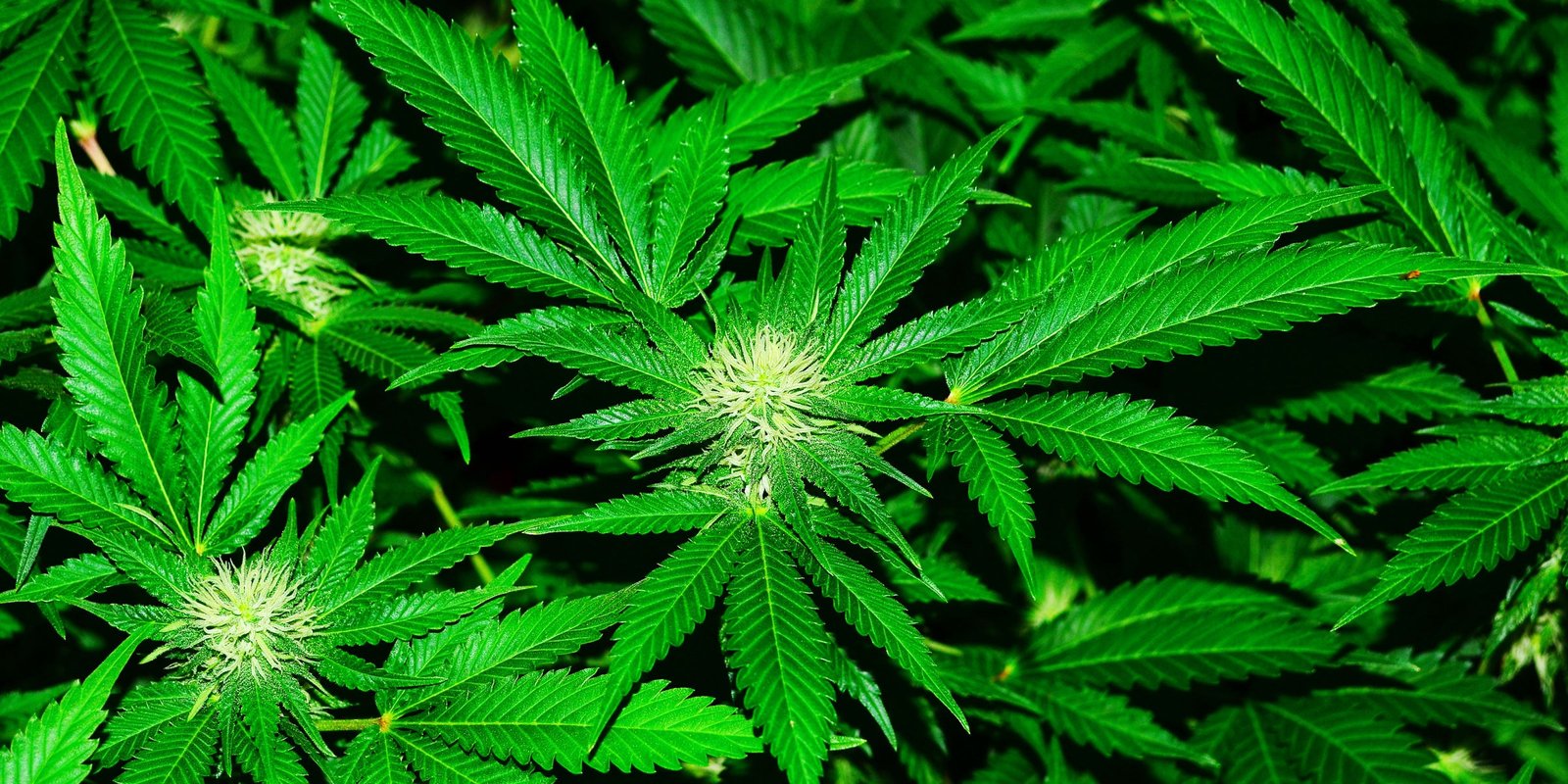The US federal law prohibits the use of marijuana, but several states have approved its use in treating various ailments and symptoms such as nausea and pain. The term medical marijuana refers to the derivatives sourced from the widely popular Cannabis sativa plant that is believed to have medicinal benefits. Many active compounds are ingrained in Cannabis Sativa, the best-known being Cannabidiol (CBD) and delta-9 tetrahydrocannabinol (THC). The latter contains active compounds that give people the “high” feeling. Medical marijuana is sold in different forms, including pills, dried leaves, oil, liquid, and powder.
The long-drawn process of how and where you can purchase medical marijuana is primarily decided at the state level. However, the usage is determined mainly by the form taken, symptoms, and side effects. One of the health groups approved to provide medical marijuana recommendations is the Ohio Green Team. The highly respected medical marijuana physicians at Ohio Green Team – Columbus are trained to deliver a 100% HIPAA compliant, secure and efficient drug registration and acquisition process. Here are complete facts you need to know about medical marijuana:
Is The Use Of Medical Marijuana Approved In The Us?
The US federal government expressively denounces the use of the plant Cannabis sativa and its derivatives. However, they have given their nod to CBD derived from the hemp plant. The Cannabinoid has 0.3% THC. Although the laws regulating the use of marijuana at the federal level are superior to the laws enacted across the various states, many states have approved the use of THC for medicinal purposes within their jurisdictions. For this reason, it is essential to be aware of what the federal and state laws say to avoid getting reprimanded or being on the wrong side of the law.
When Is It Appropriate To Use Medical Marijuana?
Several groundbreaking studies have been published touting the medical benefits of medical marijuana. However, the conditions approved for treatment depend on the state where you are. To get full information, check out the list of conditions approved for treatment in your state as well as the regulations put in motion. For the most part, qualifying conditions include; Alzheimer’s disease, Crohn’s disease, Glaucoma, Multiple Sclerosis, muscle spasms, HIV/AIDs, and Epilepsy and seizures. Also included is severe and chronic pain and nausea or vomiting occurring as a result of cancer treatment.
Is Medical Marijuana Readily Available As A Prescription Medication?
The FDA has yet to issue approval for the use of Cannabis in treating any medical condition. However, the highly important regulatory arm of the federal government has granted permission to use Epidiolex, Dronabinol Marinol, and Syndros. Cannabidiol Epidiolex has been approved to treat certain forms of debilitating epilepsy, while Dronabinol has been approved for nausea and vomiting induced by cancer treatment and the treatment of weight loss and anorexic issues associated with AIDs treatment.
Is Medical Marijuana Safe?
Although medical marijuana is now widely used for treating various conditions and symptoms, studies are ongoing to establish its safety. Possible side effects include increased heart rate, withdrawal symptoms, increased appetite, dizziness, the potential for addiction, impaired concentration, and slower reaction times. Also listed are specific drug-to-drug interactions, hallucinations, or mental illness. It is important to reiterate that certain medications made from medical marijuana are formulated to deliver relief without creating mood-altering and intoxication effects commonly associated with recreational Cannabis.
Marijuana Studies Funded By NCCIH (National Center For Complementary And Integrative Health)
NCCIH has instituted several studies to examine the potential pain-relieving properties and working mechanisms of various Cannabis substances, including terpenes and a host of minor Cannabinoids. These studies aim to strengthen the evidence regarding the therapeutic benefits of Cannabis compounds and their potential role in managing pain. The center is also carrying out studies on Cannabis and Cannabinoids. These include research to evaluate the link between Cannabis and Diabetes Type II and techniques to synthesize Cannabinoids in yeast. There is also an observational study regarding the effects of edible Cannabis on inflammation, pain, and the thought process among people suffering from chronic lower back pain.
How To Obtain Medical Marijuana
Medical marijuana can be obtained in states that have approved its usage using a written recommendation from a state-licensed physician. The patients also need to have an approved condition. For a more accurate assessment, check out the list of qualifying conditions and regulations in your state. States may also request medical marijuana ID cards before permitting patients to purchase medical marijuana at an approved dispensary.

